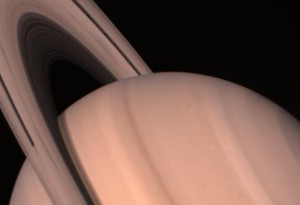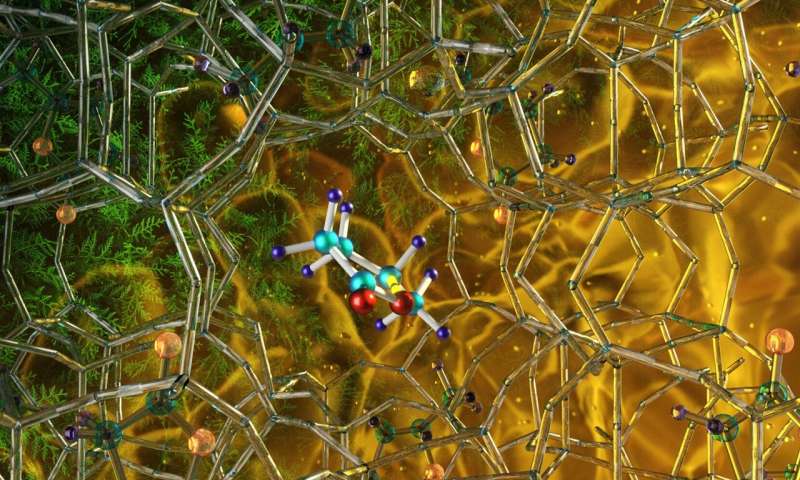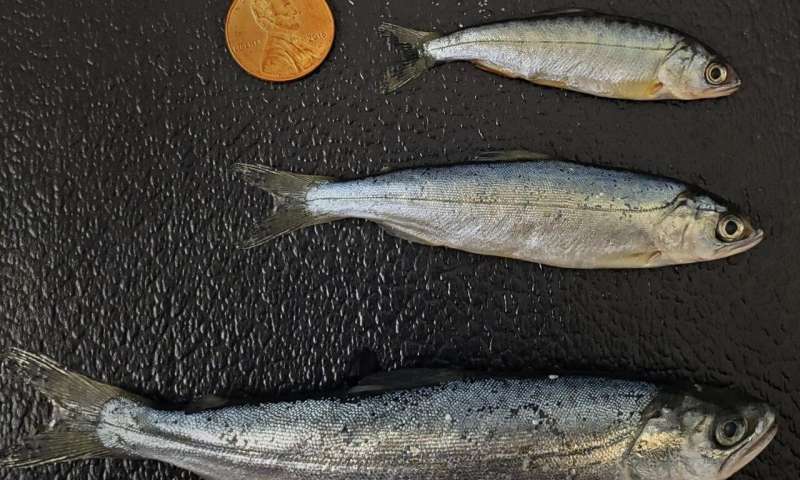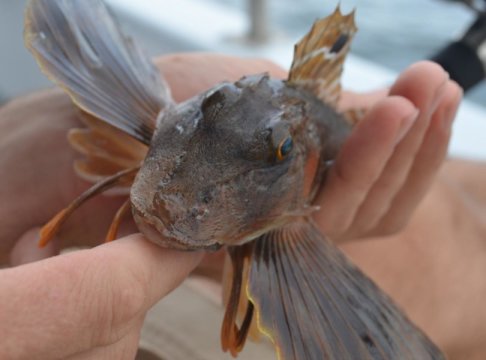
Summary:Saturn, with its alluring rings and numerous moons, has long fascinated stargazers and scientists. After an initial flyby of Pioneer 11 in 1979, humanity got a second, much closer look at this complex planetary system in the early 1980s through the eyes of NASA’s twin Voyager spacecraft.
Saturn, with its alluring rings and numerous moons, has long fascinated stargazers and scientists. After an initial flyby of Pioneer 11 in 1979, humanity got a second, much closer look at this complex planetary system in the early 1980s through the eyes of NASA’s twin Voyager spacecraft.
Voyager 2 made its closest approach to Saturn 35 years ago — on Aug. 25, 1981. What the Voyagers revealed at the planet was so phenomenal that, just one year later, a joint American and European working group began discussing a mission that would carry on Voyager’s legacy at Saturn. That mission — named Cassini — has been studying the Saturn system since 2004. Cassini has followed up on many of Voyager’s discoveries, and has deepened our understanding of what some might call a “mini solar system.”
“Saturn, like all of the planets the Voyagers visited, was full of exciting discoveries and surprises,” said Ed Stone, Voyager project scientist at Caltech in Pasadena, California. “By giving us unprecedented views of the Saturn system, Voyager gave us plenty of reasons to go back for a closer look.”
Many Mysterious Moons
Voyager’s Saturn flybys provided a thrilling look at the planet’s moons — a diverse menagerie of worlds, each with unique character and charm. Voyager’s images transformed the moons from points of light to fully realized places. Dramatic landscapes on Tethys, Dione, Rhea, Iapetus and other moons tantalized scientists with features hinting at tortured pasts.
“The stars of the Saturn system are the moons, which surprised all of us on both the Voyager and Cassini missions,” said Linda Spilker, project scientist for Cassini at NASA’s Jet Propulsion Laboratory, Pasadena. Spilker also served on the Voyager science team.
One of the key findings of the Voyagers’ visits to Saturn was that the planet’s moons had evidence of past geological activity and that Enceladus — the brightest, most reflective planetary body scientists had ever seen — could still be active.
Cassini set out to delve deeper into the nature of these moons, and found that, indeed, icy Enceladus has geysers erupting to this day. Cassini also confirmed that Enceladus is the source of Saturn’s E ring, which was suggested by Voyager. But while Voyager images of wispy terrain hinted at ice volcanoes on Dione, Cassini found this feathery coating was actually a system of bright canyons.
…Especially Titan
Titan, Saturn’s largest moon, was a high-priority target for the Voyager mission. Gerard Kuiper, for whom the Kuiper Belt is named, had discovered in 1944 that Titan had an atmosphere containing methane. Observations from both Voyagers showed that Titan’s atmosphere was primarily composed of nitrogen, with a few percent methane and smaller amounts of other complex hydrocarbons, such as ethane, propane and acetylene. No other moon in the solar system has a dense atmosphere.
Mission planners mapped out a path through the Saturn system that provided the gravitational boost needed to send Voyager 2 onward to Uranus. But because of intense interest in Titan’s atmosphere, the giant moon was the higher priority. In fact, the team would have directed Voyager 2 much closer to Titan if Voyager 1 had not been successful in observing it.
“To fly close to Titan, Voyager 2 would have swung upward out of the plane of the planets, and couldn’t have gone on to visit any others,” Stone said. “It was fortunate that Voyager 1’s observations of Titan went flawlessly, so that Voyager 2 could continue traveling to Uranus and Neptune.”
To the Voyagers, Titan appeared as a featureless orange ball because of dense haze in its atmosphere. Seeing through this haze was a chief goal of the Cassini mission. Cassini carried cameras with infrared vision that could see through the haze, a radar that could map the surface in detail, and the European Huygens probe, which landed on the moon’s frigid surface on Jan. 14, 2005. We now know, thanks to Cassini, that smoggy Titan has methane lakes and flooded canyons.
More: Science







Leave a Reply
You must be logged in to post a comment.